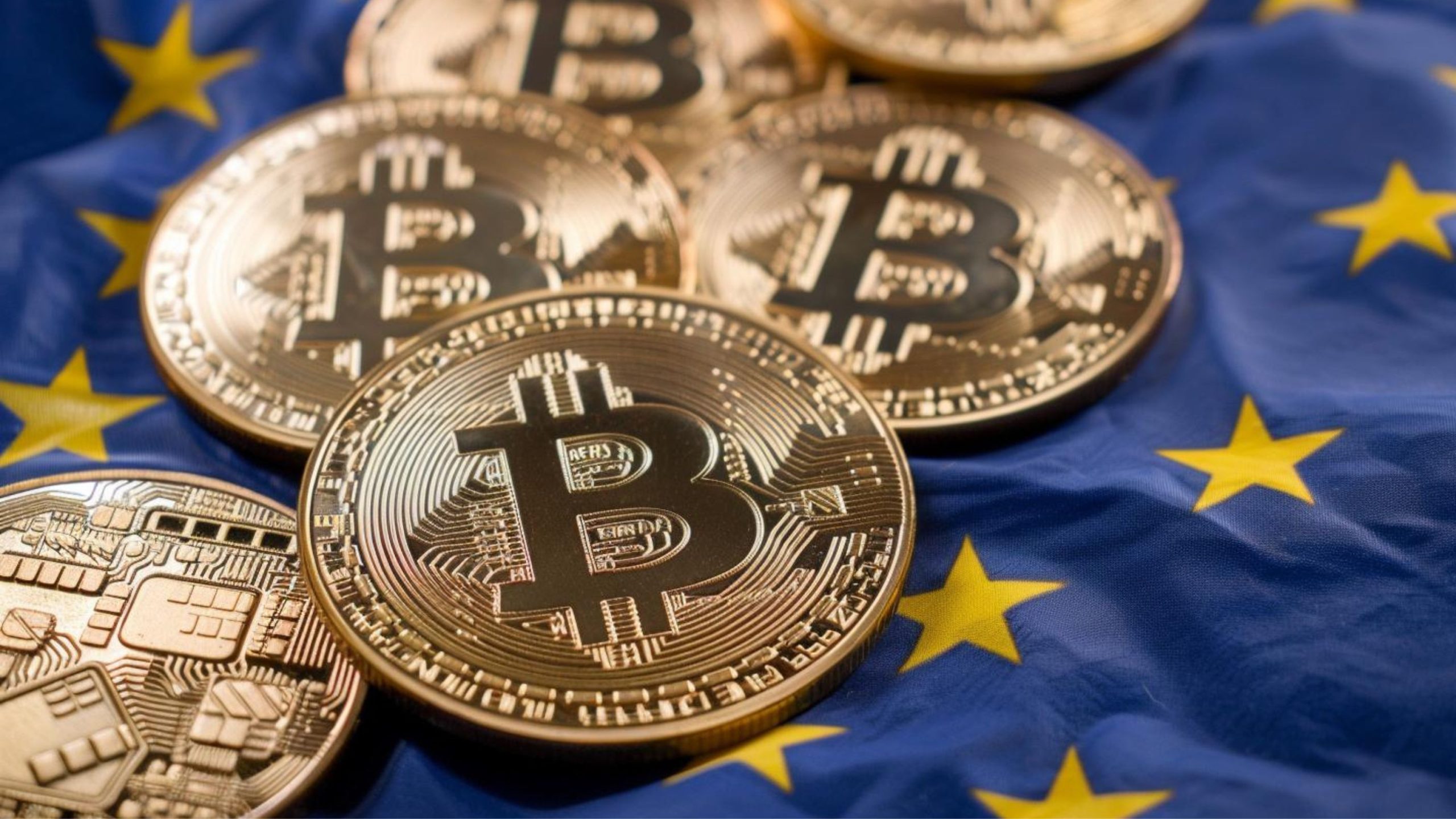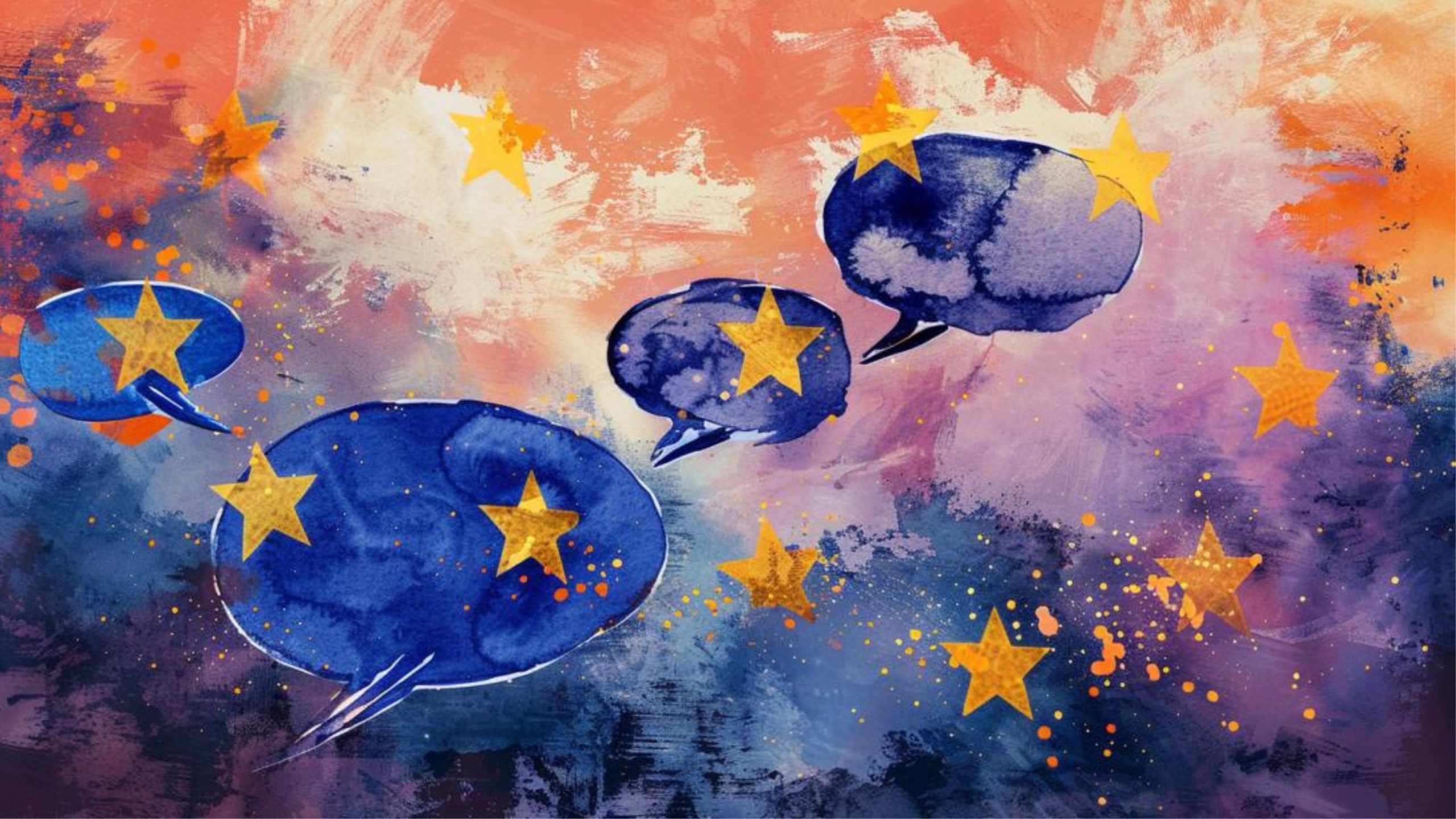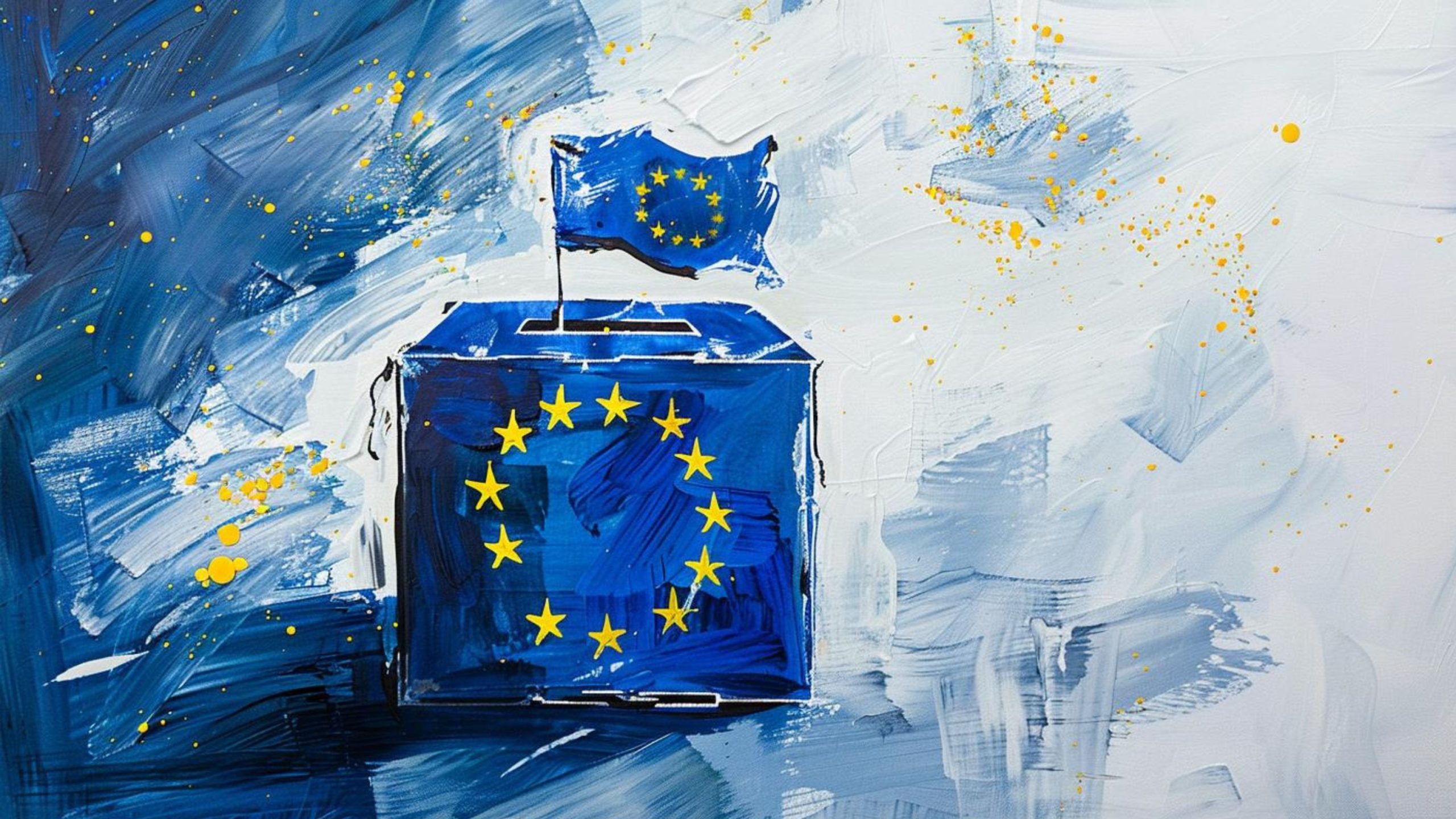
reclaimthenet.org
EU Approves Ban on Anonymous Crypto Transactions‚ Limits Cash
If you're tired of censorship and dystopian threats against civil liberties‚ subscribe to Reclaim The Net.
The European Parliament’s primary committees have endorsed a proposal to prohibit anonymous transactions involving cryptocurrencies through self-hosted wallets‚ marking a notable step in the expansion of the European Union’s Anti-Money Laundering (AML) and Counter-Terrorist Financing regulations to encompass the digital currency sector and restrict privacy across the board.
We obtained a copy of the proposal for you here.
These measures significantly impact both cash and cryptocurrency dealings.
Under the new guidelines‚ cash transactions exceeding €10‚000 will face limitations‚ while anonymous cash transactions above €3‚000 will be completely banned. In the realm of digital currencies‚ the regulations extend to prohibiting transactions from anonymous wallets‚ irrespective of the platform used – be it mobile‚ desktop‚ or browser.
There is a projected timeline of three years for these laws to become fully implemented‚ though some expect swifter implementation.
Public opinion on these new AML measures is divided. While some view them as essential steps in curbing financial crimes‚ others express concerns over potential privacy violations and negative impacts on economic activities. This is especially the case since people are now fully aware of incidences of governments going after cryptocurrencies. Canadian Prime Minister Justin Trudeau invoked the Emergencies Act in response to widespread civil liberties protests back in 2022. Furthermore‚ in an unprecedented step‚ the government also moved to seize Bitcoin and other cryptocurrencies believed to be used by the protesters.
The EU’s move follows a provisional agreement between the European Council and the parliament to extend these laws to the burgeoning crypto market.
The post EU Approves Ban on Anonymous Crypto Transactions‚ Limits Cash appeared first on Reclaim The Net.

















